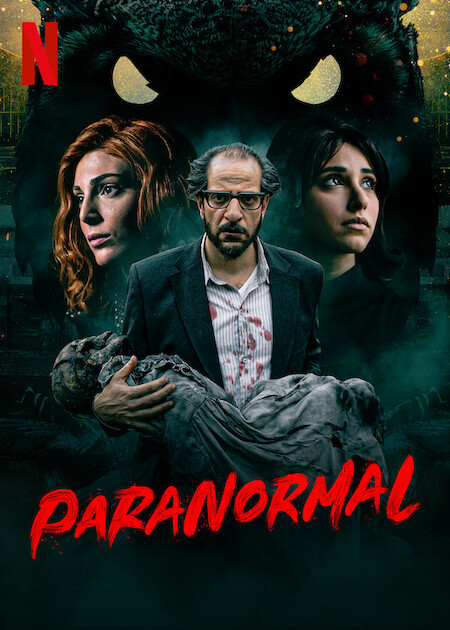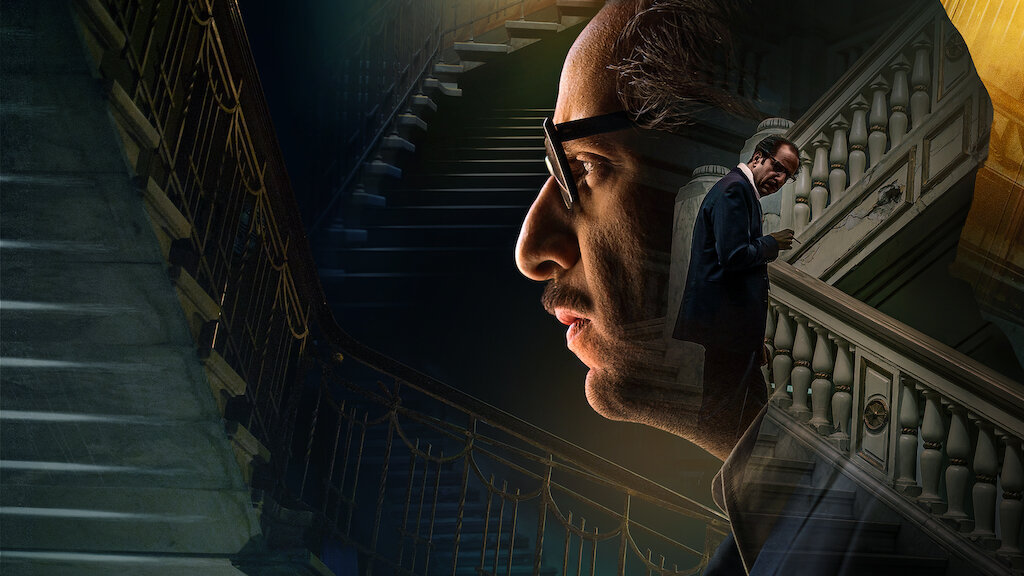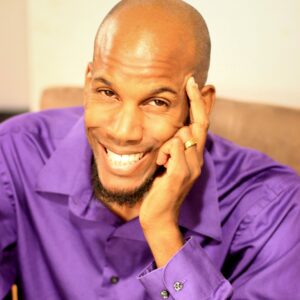Akbar, N. (author), & Hilliard III, A. G. (foreword). (1998). Know thy self. Mind Productions & Associates.
Ani, M. (2007). Yurugu: An African-centered critique of European cultural thought and behavior (Vol. 213). Africa World Press.
Browder, A. (2004). Egypt on the Potomac: A guide to decoding Egyptian architecture and symbolism in Washington, D.C.. IKG.
Cardeña, E. (2015). The unbearable fear of psi: On scientific suppression in the 21st century. Journal of Scientific Exploration, 29(4), 601-620.
Carruthers, J. H. (author), & Clarke, J. H. (foreword). (1995). Mdw Ntr (Divine Speech): A historiographical reflection of African deep thought from the time of the pharaohs to the present. Karnak House.
Glazier, J. W. (2022). Feminism at the forefront: A critical approach to exceptional experiences. Journal of Anomalistics, 22, 427-446.
Griaule, M., & Dieterlen, G. (1986). The pale fox. Continuum Foundation.
Haynes, R. (1980). The boggle threshold. Encounter, August, 92-96.
Hunter, J. (2021). Deep weird: High strangeness, boggle thresholds and damned data in academic research on extraordinary experience. Journal for the Study of Religious Experience, 7(1), 5-18.
Hunter, J. (2022). Deep weird: The varieties of high strangeness experience. August Night Press.
Kuhn, T. (2012). The structure of scientific revolutions (50th anniversary edition). University of Chicago Press.
Massey, G. (1881). A book of beginnings (Vol. 1, 2). Williams and Norgate.
Mehler, S. S. (2001). The land of Osiris. Adventures Unlimited Press.
Mitchell, D. (2023). “What goes bump in the psyche”: Relict hominoids, reality shifts, and race relations as existential threats to Western culture. In J. Glazier (Ed.), Paranormal Ruptures: Critical Approaches to Exceptional Experiences (pp. 21-57). Beyond the Fray Publishing.
Pely, D. (2016). Muslim/Arab mediation and conflict resolution: Understanding sulha. Routledge.
Plutarch. (2003). Moralia (Volume V). Harvard University Press.
Salama, A. (director), & M., A. A. (director). (2020). Paranormal. Netflix.
Shrayteh (Chreiteh), A. (2022). Efendi Gothic: A forgotten prehistory of the Arabic novel. In K. Grumberg (Ed.), Middle Eastern Goths: Literature, spectral modernities and the restless past (pp. 133-164). University of Wales Press.
Tota, A. L., & Hagen, T. (Eds.). (2016). Routledge international handbook of memory studies. Routledge, Taylor & Francis Group.










